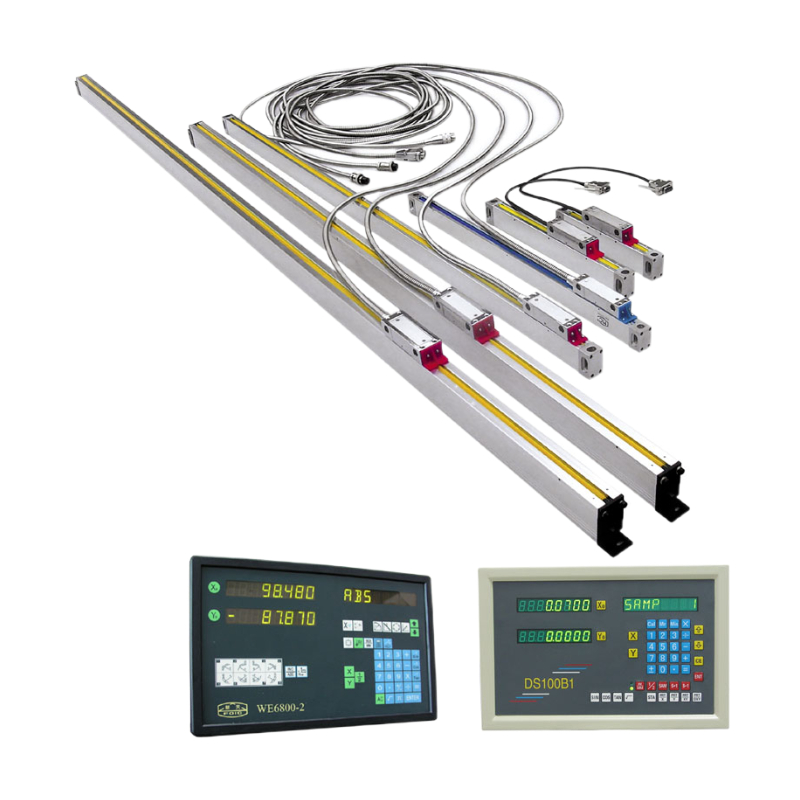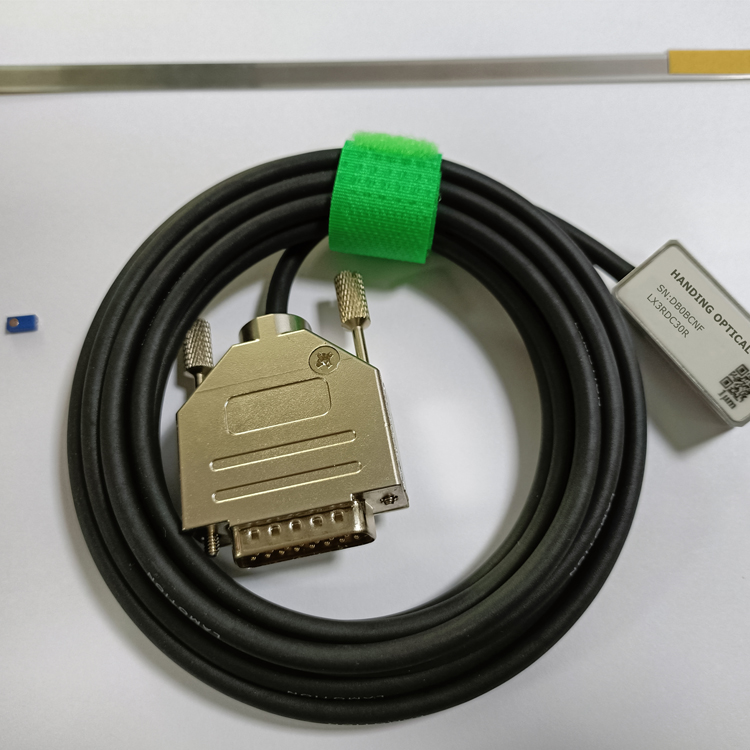Enclosed Linear Scales vs. Open Linear Scales: A Comparison of Features When it comes to linear encoders, there are two main types that are commonly used in industrial applications: enclosed linear scales and open linear scales.
Both of these types of encoders have their own set of advantages and disadvantages, and understanding these can help you make an informed decision about which type of linear encoder to use in your own application.

In this article, we will compare the features of these two types of encoders and discuss their applications in different scenarios.Enclosed Linear Scales (also known as enclosed optical encoders) are a type of linear encoder that are enclosed in a protective covering to shield them from dirt, dust, and other contaminants. They are often used in harsh and dirty environments where protection from contaminants is critical to maintain accuracy and reliability.
Enclosed linear scales consist of a glass or metal scale that is attached to the equipment being measured, and a read head that is mounted on a stationary part of the equipment. As the scale moves relative to the read head, the read head detects changes in the light pattern on the scale and sends this information to a digital readout or a control system.One of the main advantages of enclosed linear scales is their ability to provide accurate and reliable measurements even in dirty or harsh environments. Since the scales are protected from contaminants, they are less likely to suffer from damage or wear and tear, which can affect their accuracy over time. This makes them an ideal choice for applications such as CNC machinery, metrology equipment, and other industrial equipment located in factories, manufacturing plants, or outdoors.
Additionally, enclosed linear scales are relatively easy to install and maintain, making them a practical choice for businesses that prioritize efficiency and cost-effectiveness.However, enclosed linear scales do have a few drawbacks. For one, they tend to be more cheap than open linear scales, which can be a deciding factor for businesses with limited budgets. Additionally, the protective covering can create some additional friction, which can affect accuracy at high speeds or during rapid movements.Open Linear Scales (also known as open optical encoders) are a type of linear encoder that do not have the protective covering found in enclosed linear scales. They consist of a glass or metal scale that is mounted on the equipment being measured, and a read head that moves along the scale to detect changes in the light pattern.Open linear scales tend to be more expensive than closed linear scales due to their greater accuracy. One of the main advantages of open linear scales is their high accuracy, which makes them an attractive option for high-end businesses.Additionally, since they do not have a protective covering, they tend to be less affected by friction and can be used in high-speed or rapid movement applications.However, one major disadvantage of open linear scales is their susceptibility to damage from dirt, dust, and other contaminants.

In conclusion, both enclosed linear scales and open linear scales have their own advantages and disadvantages, and the choice of which one to use largely depends on the specific application and the environment in which it will be used. For applications that require high accuracy and reliability in harsh and dirty environments, enclosed linear scales are an ideal choice.
On the other hand, for high-precision and for applications that involve high-speed or rapid movement, open linear scales can be an attractive option.
Ultimately, by understanding the features of both types of encoders, businesses can make an informed decision about which one to use and enjoy the benefits of accurate and reliable measurements.
Post time: Mar-17-2023







